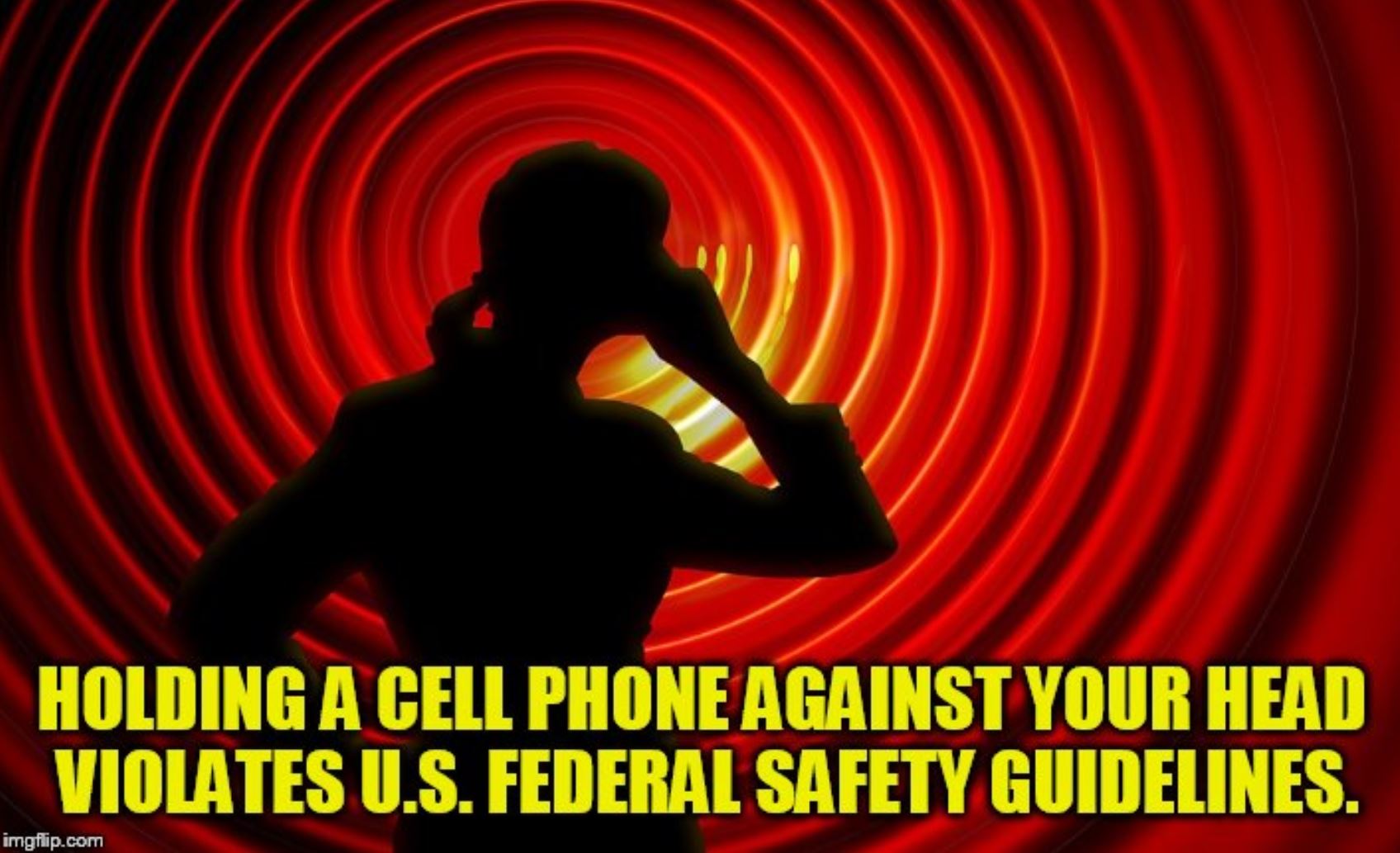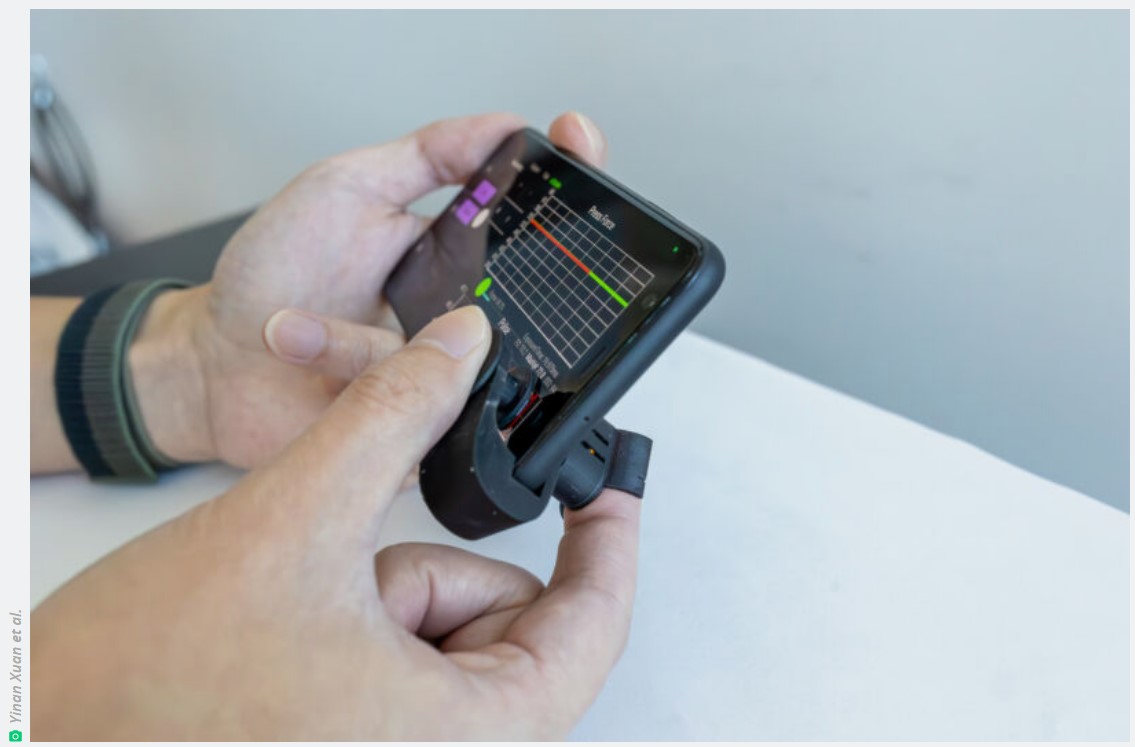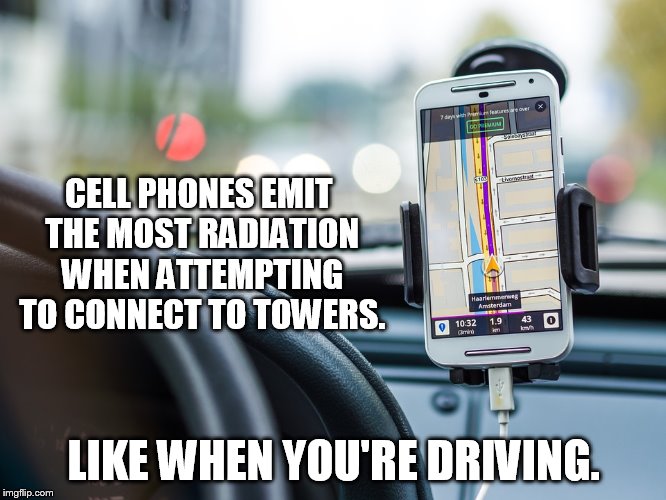 By B.N. Frank
By B.N. Frank
Decades of research have determined that exposure to electromagnetic fields (EMF) from cell phones and other wireless sources – including 5G – is biologically harmful. In fact, manufacturers are required to provide consumers with warnings about radiation exposure from cell phones and other wireless devices. According to some research, exposure may even affect blood pressure. From Physicians for Safe Technology:
Radio frequency radiation (RFR) from wireless devices passes through the body and can affect many organs. A mechanism of injury has been documented in the basic science literature to be related to calcium channels and the creation of reactive oxygen species, or free radicals, which damage DNA, lipids and proteins. Research is limited on non-ionizing radiation on the cardiovascular system but studies have shown evidence of changes in autonomic function with a cell phone radiation or Wi Fi router radiation, including heart rhythm, blood pressure and catecholamine efficacy on the heart. Turedi (2015) looked at prenatal exposure to cell phone radiation in rat pups. They found “swelling in the mitochondria, degeneration in myofibrils and structural impairments” with histopathologic evidence of oxidative stress.
Nevertheless, manufacturers continue to create and market smartwatches (aka activity/fitness trackers) as well as smartphone apps and attachments to measure blood pressure, heart rate, and more. Unfortunately, some scientists do too.
From Ars Technica:
Ultra low-cost smartphone attachment measures blood pressure at home
Clever use of physics uses pressure on the skin and optics to track blood flow.
Given that 47 percent of adults in the US alone have hypertension, keeping on top of your blood pressure readings is a smart thing to do. And doing so could become much more convenient, requiring nothing more than your phone and an $0.80 piece of plastic, thanks to new research from the University of California, San Diego.
The school’s device, called BPClip, gives broadly comparable readings to those taken with a traditional cuff but functions as a simple cell phone attachment. It relies on the flashlight and the smartphone’s camera—along with some simple physics.
BPClip consists of a plastic clip with a spring mechanism that lets the user squeeze the device and two light channels: one to direct a flashlight to your finger and the other to direct the reflected light to the camera for image processing. A custom-made Android app handles the data processing and guides users through the measurement.
“The main motivation of this work lies in the low-cost aspect, and the main reason that we want to go in this direction is because currently there aren’t really any truly low-cost blood pressure measuring devices out there,” Yinan Xuan, lead author of the paper, told Ars. “All the off-the-shelf ones you can get from convenience stores or drug stores are cuff devices and cost around $20 or $30, even for the cheapest ones.”
For lower-income individuals, this can act as a financial barrier to having their blood pressure measured. “Worldwide, just over one-third of patients with hypertension are diagnosed and treated,” said Dr. Harriette Van Spall, associate professor at the McMaster University Division of Cardiology, who was not involved with the work. “Those in marginalized populations, including women, people of color, and socioeconomically deprived people are particularly susceptible to underdiagnosis and undertreatment and could benefit from such patient-centered technologies,” she added.
Xuan and his co-workers hope that if the device enters large-scale production, BPClip could eventually be handed out by doctors or nonprofit organizations just as dentists hand out floss and toothbrushes. To this end, they have already created a startup company, Billion Labs Inc., to further refine their design.
Light at the end of the tunnel
BPClip relies on a simple principle to take readings: blood absorbs light. If you cover your phone’s flashlight with your finger in a dark room, you may see pulsing in your glowing finger. This is from your actual pulse, which sends blood flowing through the veins and arteries in your finger—more blood (more light absorbed) when your heart contracts and less blood (less light absorbed) when your heart relaxes.
BPClip records these pulses of light using the phone’s camera. By simply averaging the brightness of each captured frame, the app can read how much blood is flowing through your finger in real time.
This information alone, however, isn’t enough to calculate a blood pressure reading: BPClip also needs to know how this blood flow changes as pressure is applied to the finger—essentially the same process that cuff-based devices use to take their measurements.
This is where the BPClip’s spring comes in. By gradually compressing the spring from 0 to 100 percent, a range of different pressures can be applied to the blood vessels in the finger. These pressures affect the flow of blood, which can be used to calculate blood pressure readings.
Consider when the user has pressed the spring all the way down: the pressure forces vessels in the finger to close, and no blood can flow, so there’s no light pulse for the camera to see. If the user releases the spring gradually, they reach a point where the blood can flow again, restoring a pulsing of light that the camera can detect. This corresponds to the maximum blood pressure during a heartbeat (the systolic pressure).
As the user continues to decrease pressure on the spring, blood can flow more and more freely through the finger, changing how much light is reflected. Eventually, the pressure on the finger will no longer be sufficient to impede the flow of blood, and the reflected light becomes a steady pulse. We are now at the minimum pressure during a heartbeat: the diastolic pressure.
By looking at blood flow at different compression levels and matching those measurements to the force exerted on the finger, BPClip can calculate the user’s systolic and diastolic blood pressures. This raises the question: How does the system tell how much force the BPClip is applying?
Continue reading at Ars Technica
In 2021, a U.S. federal court ruled in favor of organizations and petitioners that sued the Federal Communications Commission (FCC) for NOT adequately protecting Americans from wireless radiation exposure (including 5G). The FCC has still not addressed this. More recently one of the organizations petitioned the agency to comply with the almost two-year-old court-ordered mandate. The Food and Drug Administration is supposed to protect Americans from exposure too, hence organizations are petitioning that agency to do its job as well.
It’s enough to raise your blood pressure!
Activist Post reports regularly about privacy invasive and unsafe technologies. For more information, visit our archives and the following websites:
- Environmental Health Trust
- Children’s Health Defense
- Electromagnetic Radiation Safety
- Physicians for Safe Technology
Become a Patron!
Or support us at SubscribeStar
Donate cryptocurrency HERE
Subscribe to Activist Post for truth, peace, and freedom news. Follow us on SoMee, Telegram, HIVE, Flote, Minds, MeWe, Twitter, Gab, What Really Happened and GETTR.
Provide, Protect and Profit from what’s coming! Get a free issue of Counter Markets today.



Be the first to comment on "Scientists Peddle Smartphone Attachment to Measure Blood Pressure Even Though Smartphone Radiation Exposure Can Increase Blood Pressure"